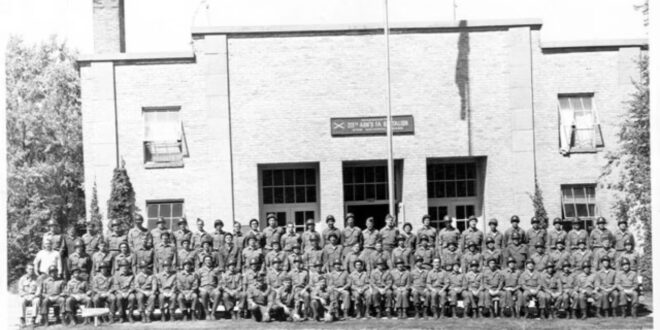The Miracle at Gapyeong: How Faith Protected 240 Latter-day Saint Soldiers in Korea
“And they were all young men, and they were exceedingly valiant for courage, and also for strength and activity; but behold, this was not all—they were men who were true at all times in whatsoever thing they were entrusted.” (Alma 53:20)
A Forgotten Miracle in a Forgotten War
In the early hours of May 26, 1951, amid the rugged terrain of Gapyeong County, Korea, 240 young men from small southern Utah towns found themselves in an impossible situation. The 213th Armored Field Artillery Battalion, comprised primarily of Latter-day Saints serving in the Utah National Guard, suddenly faced an overwhelming force of approximately 4,000 Chinese and North Korean soldiers. Outnumbered nearly 16 to 1, with enemy forces swarming their position from all sides in the darkness, their prospects seemed grim.
What unfolded over the next several hours would later be recognized as one of the most remarkable engagements of the Korean War—a conflict often called “The Forgotten War.” Yet this particular battle, known as the “Miracle at Gapyeong,” deserves to be remembered not only for its military significance but for what it reveals about the power of faith, prayer, and divine protection.
Mark Peterson, professor at Brigham Young University labeled their success directly to training and family.
What was the secret of their success? There were several factors. First, they had incredible solidarity and trust in each other because through the National Guard, they all knew each other. They were brothers, first or second cousins, classmates or childhood playmates who fought side by side. The unit also had several sets of brothers…
The second reason the unit was so successful was training. When the soldiers were mobilized, they were sent to Ft. Lewis near Seattle for more training before their departure. Originally, a backup unit was to be sent to Germany and a regular army unit there to Korea, but the Utah unit’s soldiers were so proficient, accurate and diligent that the commanders decided to send them directly to Korea.
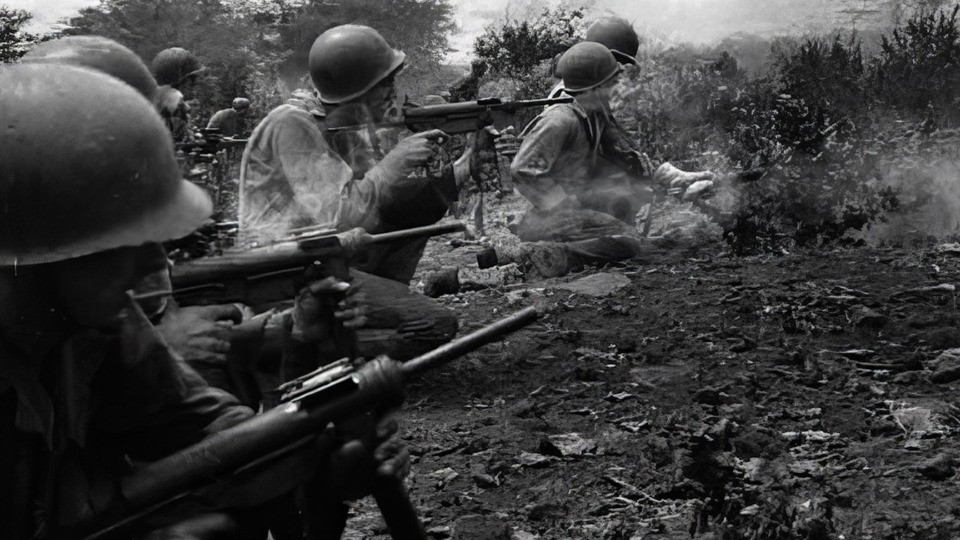
A Temple Promise
The story begins months earlier in the St. George Utah Temple. Before departing for Korea in the fall of 1950, these young guardsmen—most between 18 and 22 years of age—gathered to receive blessings and counsel. Temple President Harold Snow addressed the assembled soldiers and made an extraordinary promise: if they remained faithful to God and kept the commandments, the Lord would watch over and preserve them during their deployment.
This promise would have resonated deeply with these young men, many of whom had grown up with the Book of Mormon account of the 2,000 stripling warriors—sons of converted Lamanites who went to battle to defend their families and freedom. As recorded in Alma, these young men “never had fought, yet they did not fear death; and they did think more upon the liberty of their fathers than they did upon their lives; yea, they had been taught by their mothers, that if they did not doubt, God would deliver them” (Alma 56:47).
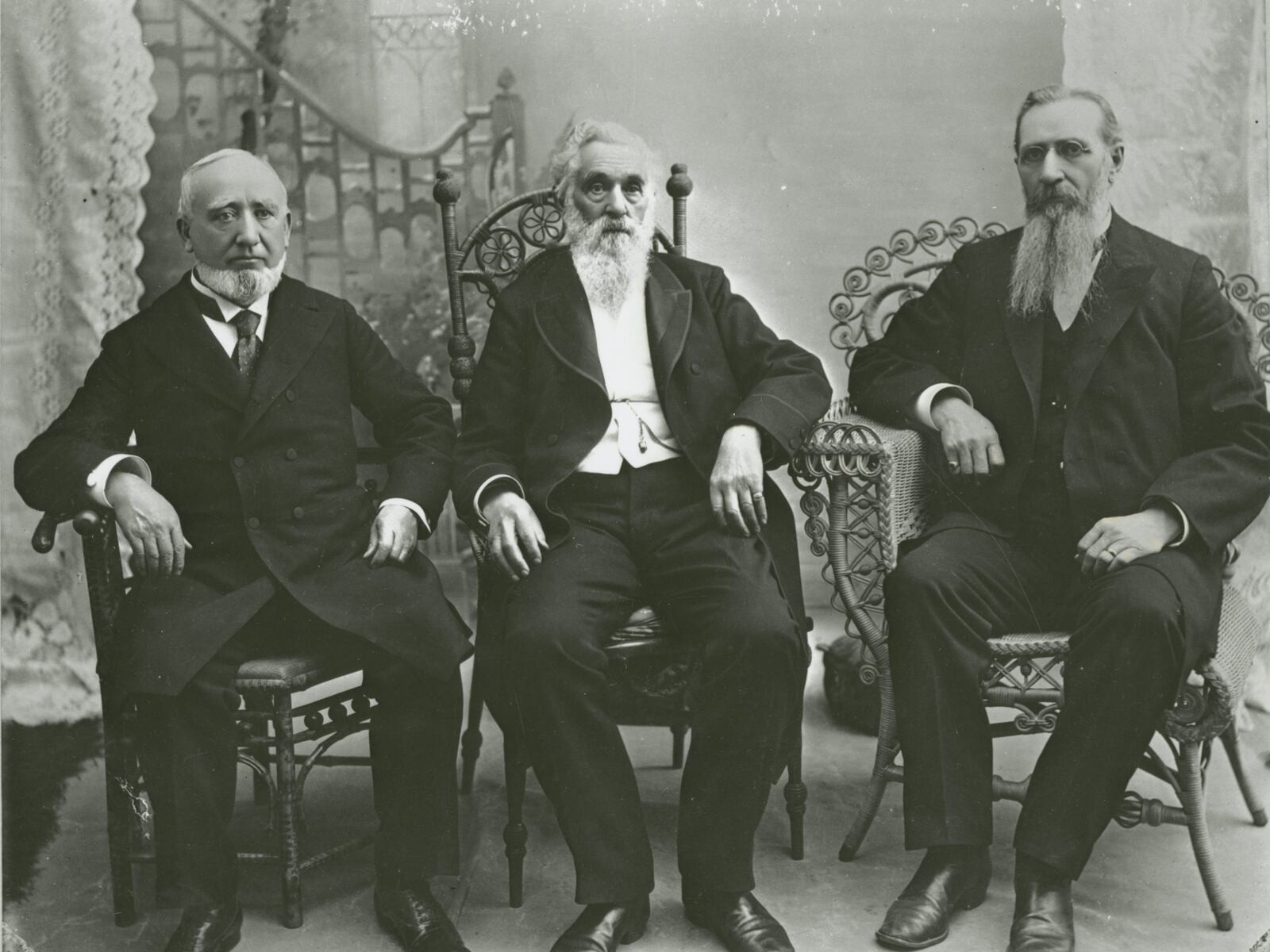
Like those ancient warriors, the men of the 213th came from faithful families. They hailed from St. George, Cedar City, Richfield, Beaver, and Fillmore—communities where the Church had deep roots and where faith was an integral part of daily life. These were young men who had grown up attending Primary, Sunday School, and priesthood meetings. Many had recently returned from missions or were planning to serve after their military duties concluded.
Youtube Video Presentation
If you have more time, there is a wonderful story of this unit, the 213th Armored Field Artillery Battalion, as told in a new 11-minute video labeled “The Miracle at Gapyeong.”
Called to War
When the Korean War erupted in June 1950, the 213th Artillery Battalion was activated as part of the national response. After training at Fort Lewis, Washington, where their ranks were supplemented with regular Army personnel to reach a total of about 600 men, they deployed to Korea in early 1951.
By May, the war had reached a critical phase. Seoul had been captured by Chinese forces in the winter but retaken by UN forces in early spring. The Chinese launched their massive “Spring Offensive” in April and May, determined to recapture the South Korean capital. The 213th was assigned to provide artillery support for the 21st Infantry Regiment of the 24th Infantry Division, which was engaged in a strategic offensive designed to trap enemy forces.
The Night of the Miracle
On the night of May 25-26, as the 21st Infantry Regiment moved forward, they left their supporting artillery vulnerable. Only two of the five batteries (companies) of the 213th remained at their position—approximately 240 men. The other three batteries were deployed elsewhere. None suspected what was about to unfold.
Around midnight, Chinese and North Korean forces—an estimated 4,000 soldiers attempting to escape the infantry’s trap—stumbled upon the American artillery position. Rather than attempting to bypass the Americans, they launched a full-scale attack.
The night erupted in chaos. One soldier manned a .50-caliber machine gun, firing continuously until the barrel literally melted from the heat. Others found themselves thrust into hand-to-hand combat—artillerymen fighting as infantry. The darkness was pierced by muzzle flashes, explosions, and the cries of men in combat.
Despite the overwhelming odds, the men of the 213th held their ground. They maintained their defensive line while simultaneously continuing to fire artillery missions to support the infantry units in the distance—a remarkable feat under such circumstances.
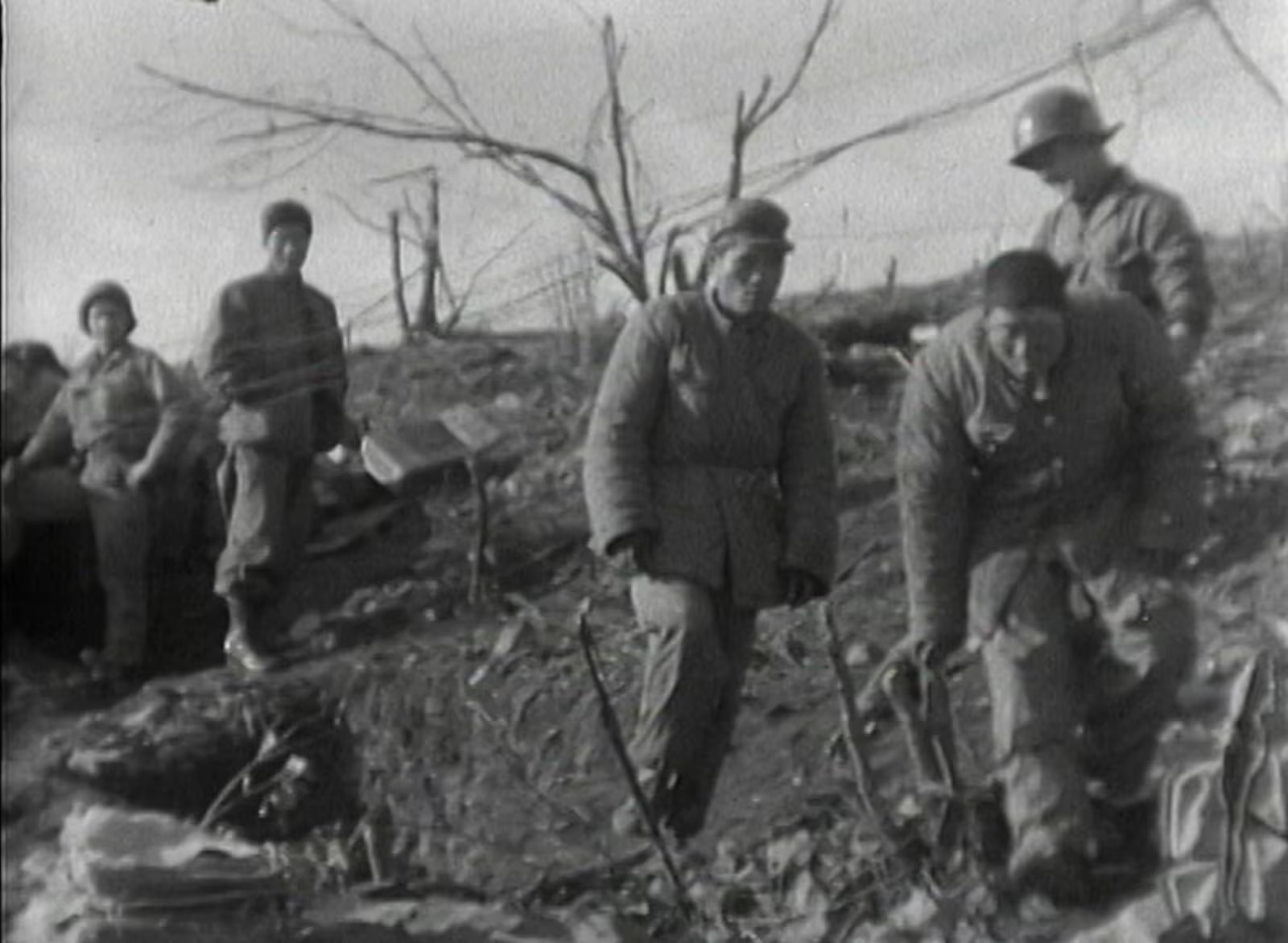
Counterattack of Faith
As dawn broke on May 26, the initial Chinese assault began to falter. Rather than remaining in defensive positions, Lt. Frank Dalley and Captain Ray Cox made a bold decision. He organized a combat patrol of just 18 men centered around a self-propelled 105mm howitzer, which they used like a tank. This small group—now outnumbered 220 to 1—launched a counterattack.
For hours, Captain Cox’s band rolled through the valley, taking out enemy machine-gun emplacements. When the Chinese and North Korean soldiers attempted to flee up the surrounding slopes, the 213th unleashed a devastating artillery barrage.
The results were astonishing. By the battle’s end, 350 enemy soldiers lay dead, and 831 had surrendered. The prisoners were eventually transported to Koje Island, and many would later choose to go to Taiwan rather than Communist China after the war, as they had originally been part of Chiang Kai-shek’s Kuomintang forces.
Most remarkable of all: despite fierce fighting, wounded men in their ranks, and overwhelming enemy numbers, not a single soldier from the 213th was killed.
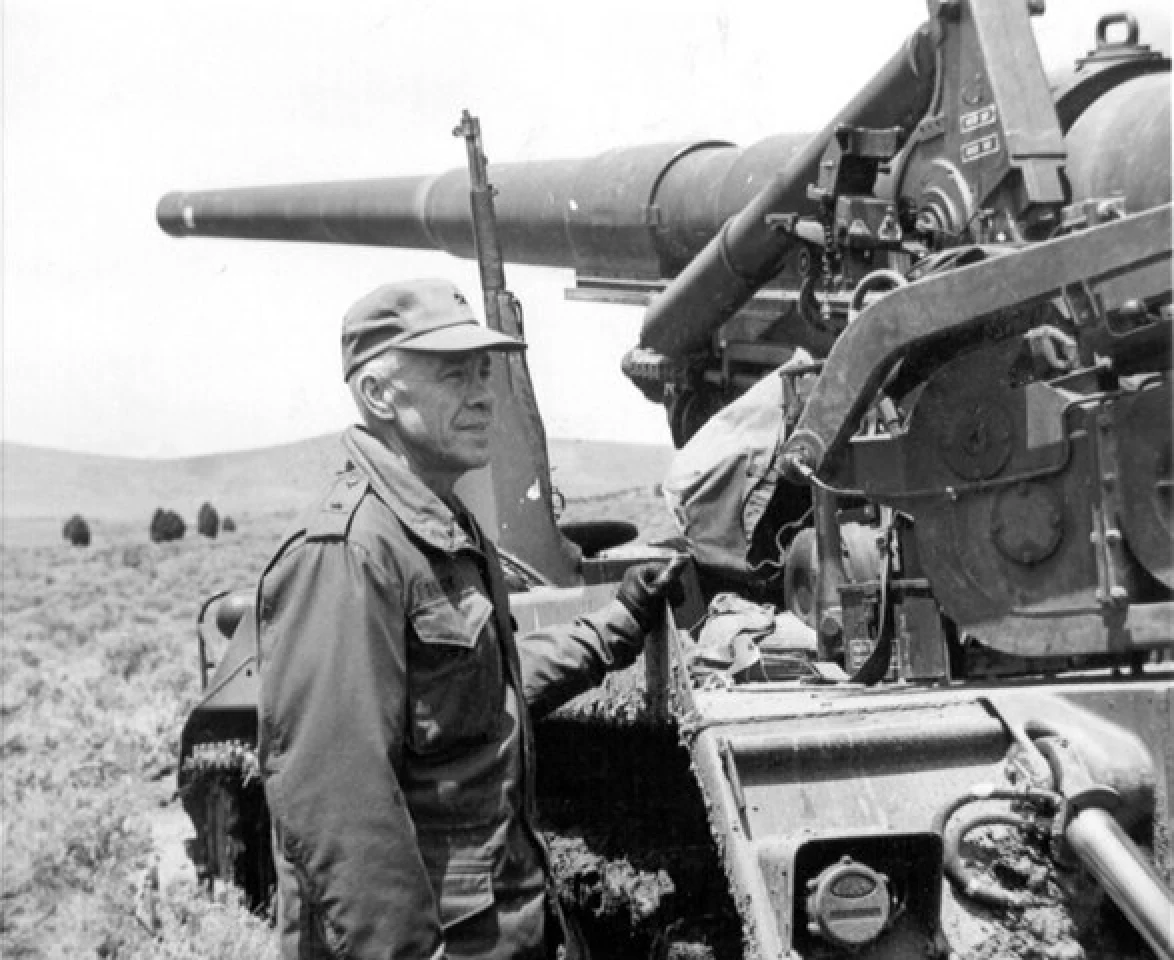
“My thoughts turned to God and I knew that our safety was in the hands of our Maker. I feel sure I was guided by a Supreme Being.”
Lt. Col. Frank Dalley, Commander of the 213th,
speaking to Edward R. Morrow.
The Power of Covenant Promises
For the Latter-day Saint soldiers, the outcome immediately brought to mind President Snow’s temple promise and the account of the stripling warriors. Like those Book of Mormon youth who reported after battle, “according to the goodness of God, and to our great astonishment, and also the joy of our whole army, there was not one soul of them who did perish” (Alma 56:56), the men of the 213th had experienced divine protection.
Many of the soldiers later testified that they felt guided and protected throughout the engagement. Some reported spiritual impressions that directed their actions in critical moments. Others described inexplicable circumstances where bullets seemed to miss by impossibly narrow margins.
For these faithful soldiers, this wasn’t coincidence—it was covenant fulfillment.
President Jeffrey R. Holland, who was ten years old when these men from his home region deployed to Korea, later reflected on the significance of their experience: “The lesson that we can take from the ‘Miracle at Gapyeong’ is that when we are true and faithful to the Lord, miracles of all different shapes, sizes and timing will happen in our lives.”

Presidential Recognition
The extraordinary victory did not go unnoticed by military authorities. Seven months later, the 213th Armored Field Artillery Battalion received the Presidential Unit Citation from President Harry Truman. The citation praised the unit for its “unshakable determination and gallantry” and noted that their actions reflected “great credit on themselves and upholds the highest traditions of the military service of the United States.”
While the citation didn’t mention divine intervention, those who had experienced the battle firsthand understood the deeper reality. As Helaman wrote of his stripling warriors, “And we do justly ascribe it to the miraculous power of God, because of their exceeding faith in that which they had been taught to believe” (Alma 57:26).
Preserving the Memory
For decades, the Miracle at Gapyeong remained relatively unknown outside the families of those who served and their communities in southern Utah. Unlike the better-known April 1951 Battle of Gapyeong (or Kapyong) that involved Australian and Canadian forces, this remarkable May engagement received little broader attention.
President Dallin H. Oaks, who served in the National Guard in Provo and trained with the 213th, spent years collecting stories and documents about the battle. His efforts, along with those of historians and filmmakers, have helped preserve this incredible story.
Today, memorial monuments stand in both Gapyeong, South Korea, and Cedar City, Utah, featuring matching statues of an American soldier. These memorials serve as physical reminders of the extraordinary events that unfolded and the faithful men who lived to tell the tale.

Lessons for Today’s Stripling Warriors
What can modern Latter-day Saints learn from the Miracle at Gapyeong? The parallels to the stripling warriors extend beyond the battlefield.
First, preparation precedes protection. The men of the 213th were well-trained, disciplined soldiers who had prepared physically, mentally, and spiritually for their service. Similarly, today’s youth face battles of different kinds that require comprehensive preparation.
Second, covenants carry power. The promise made in the St. George Temple shaped how these men approached their service. They understood that their faithfulness would invoke divine protection. Our modern covenants—from baptism to temple ordinances—carry similar promises of divine assistance when we honor our commitments.
Third, faith fosters courage. These young men displayed remarkable bravery in the face of overwhelming odds. Their belief that God would protect them enabled them to act with boldness rather than fear. Today’s challenges may differ, but faith still produces the courage to stand firm.

Finally, miracles follow faithfulness. The protection experienced by the 213th wasn’t arbitrary—it followed their commitment to keep the commandments. As President Holland counseled today’s youth: “Please be faithful. Please be courageous and obedient. Please trust in the Lord with all your heart. I promise that He will direct you for good.”
Faith Across Generations
The story of the Miracle at Gapyeong continues to inspire new generations. In an 11-minute inspirational film released in May 2024, President Holland connected this historical event to the challenges facing today’s young people.
“These young men you’re about to see were from my home area in southern Utah, just a bit older than I,” President Holland explains in the film’s introduction. “When I was 10 years old, they were shipping off to Korea. And I couldn’t have imagined what they were about to face in that war-torn country. None of us could. But we are so grateful for what they did.”
For current Latter-day Saint youth—who face their own battles against temptation, doubt, and worldly pressures—the message is clear: God honors the faithful. Just as He protected the stripling warriors in ancient times and the 213th at Gapyeong, He will strengthen those who put their trust in Him today.
A Testament of Divine Protection
The Miracle at Gapyeong stands as a powerful testament that God remains mindful of His covenant people. In a world increasingly skeptical of divine intervention, this remarkable historical event reminds us that the God who parted the Red Sea for ancient Israel and preserved the stripling warriors in battle continues to work miracles today.
For the men of the 213th Artillery Battalion—those faithful sons of southern Utah who carried their testimonies to a distant battlefield—the promise made in the St. George Temple became their reality in the valleys of Korea. Their story echoes the words of Helaman regarding his young warriors: “And now, their preservation was astonishing to our whole army, yea, that they should be spared while there was a thousand of our brethren who were slain” (Alma 57:25).
In today’s battles—whether physical, spiritual, or moral—the lesson of Gapyeong remains: When we honor our covenants and trust in God’s promises, miracles are not merely possible; they are inevitable. As we face our own overwhelming odds, may we remember the 240 faithful artillerymen who stood against thousands and experienced the protecting hand of Providence.
Like the mothers of the stripling warriors who taught their sons that “if they did not doubt, God would deliver them,” may we teach rising generations that faith still invites divine protection. And like those valiant soldiers—ancient and modern—may we prove “true at all times in whatsoever thing” we are entrusted.
For in the story of the Miracle at Gapyeong, we find not just a remarkable military victory, but a timeless witness that God honors faith across generations, battlefields, and time itself.
